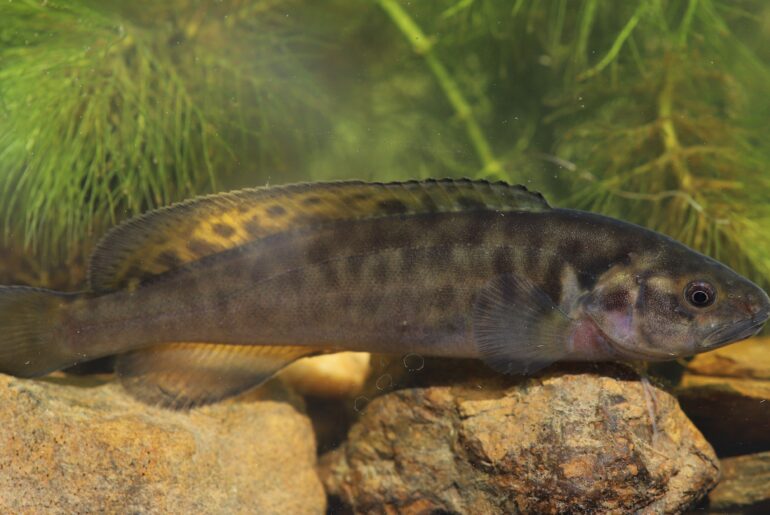Key Causes of Fish Mortality During Dredging
Dredging is crucial for maintaining navigable waterways and supporting maritime activities. However, it can have significant adverse effects on local aquatic ecosystems, particularly on fish populations. This article explores the causes of fish mortality due to dredging and outlines effective strategies that dredging companies can adopt to mitigate these impacts.
Increased Turbidity and Sediment Suspension: Dredging activities disrupt the seabed and stir up sediments, increasing water turbidity. This suspended sediment can clog the gills of fish, reducing their ability to breathe and leading to significant health issues.
Exposure to Toxic Substances: The sediments disturbed by dredging often contain pollutants like heavy metals and pesticides. When these sediments are resuspended, they reintroduce harmful toxins into the water, posing a severe threat to aquatic life.
Habitat Destruction: Dredging can alter the physical environment of water bodies, destroying the habitats crucial for the survival of various fish species. This destruction not only impacts the availability of food but also exposes fish to increased predation and environmental stress.
Fish farmers often oppose dredging projects due to their potential to degrade water quality and disrupt aquaculture operations.
Mitigation Strategies for Dredging Impacts
Optimal Timing of Dredging Operations: Planning dredging activities during times that are least disruptive to aquatic life, such as avoiding breeding and migration periods of fish, can significantly reduce ecological impact.
Use of Silt Curtains: Implementing silt curtains during dredging helps contain the spread of sediments, which minimizes the increase in turbidity and protects fish from sediment-associated injuries.
Selection of Dredging Techniques: Employing less invasive dredging techniques, such as hydraulic dredging, can mitigate the amount of sediment resuspended, thereby protecting aquatic ecosystems.
Regulating Dredging Intensity: Controlling the speed and intensity of dredging operations can decrease the environmental disturbance, thus lessening the impact on local fish populations.
Continuous Environmental Monitoring: Regular monitoring of water quality and fish health before, during, and after dredging operations is crucial. It helps in identifying and mitigating adverse effects promptly.
Fish Relocation Programs: Relocating fish to safer habitats temporarily during intense dredging activities can prevent mass mortalities.
Comprehensive Environmental Impact Assessments (EIAs): Conducting detailed EIAs can provide insights into the potential impacts of dredging, guiding project planning and execution to minimize ecological damage.
Engagement with Local Communities: Collaborating with stakeholders, especially local fish farmers, can help integrate their concerns and suggestions into the planning process, ensuring more sustainable dredging practices.
Investment in Habitat Restoration: Post-dredging investments in habitat restoration or creation are vital for restoring the ecological balance and supporting the recovery of fish populations.
By adopting these strategies, dredging companies can perform their necessary work while also ensuring the protection of aquatic ecosystems. These practices not only help in sustaining fish populations but also maintain the overall health of marine and freshwater environments, promoting ecological balance and sustainability.
